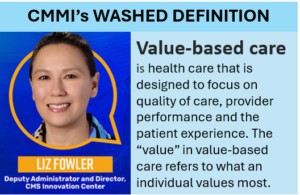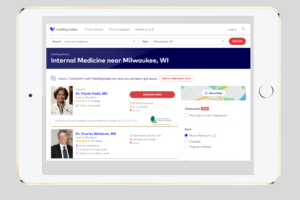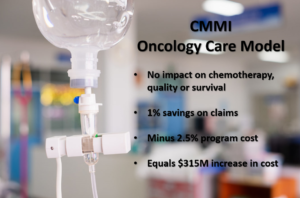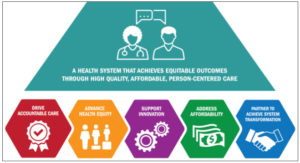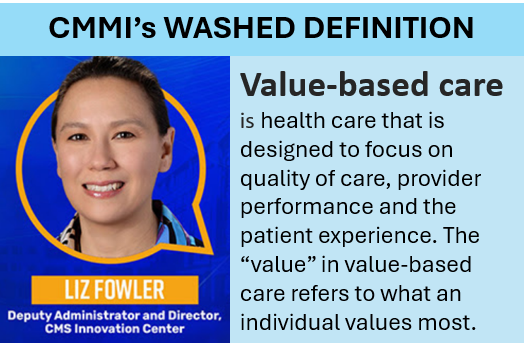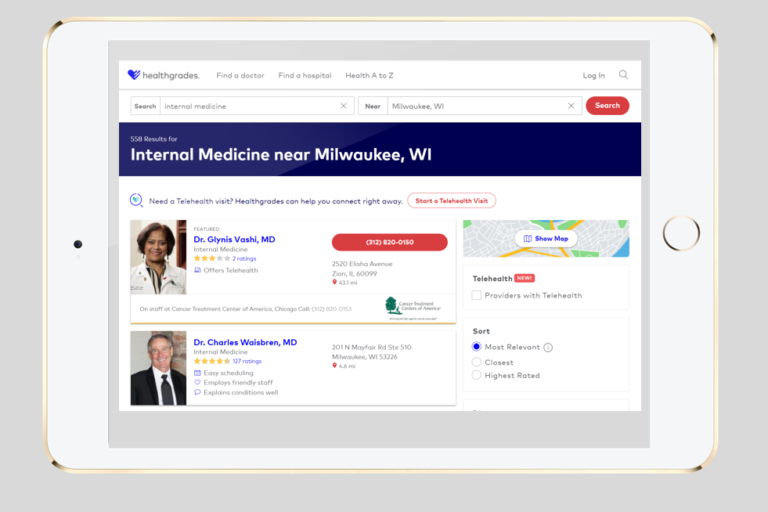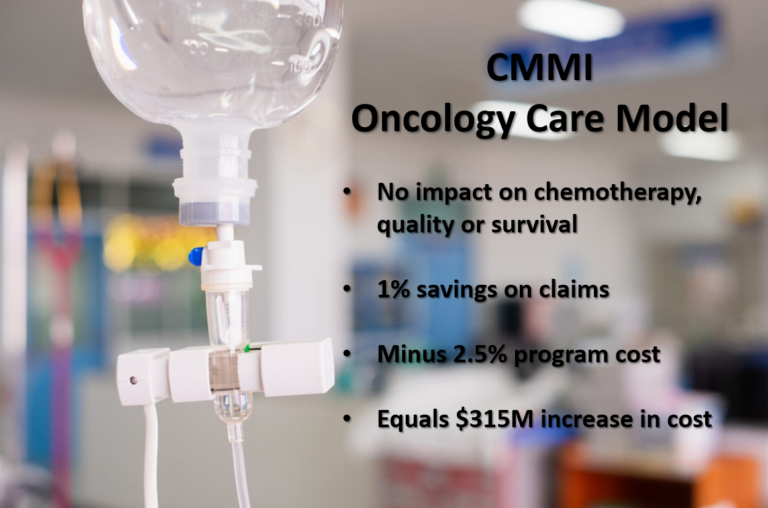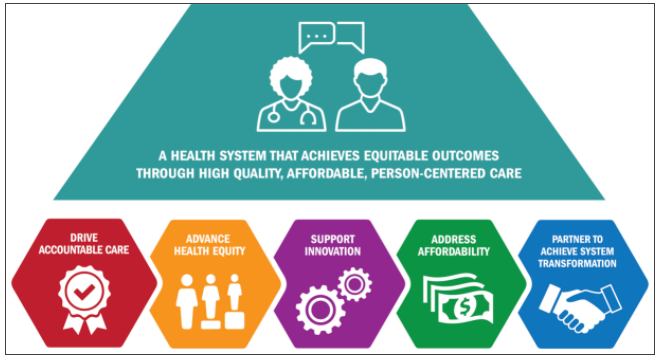The transformation of our health care system requires many different people to change their behaviors. Leaders of health care organizations have to be willing to make investments that they have historically not been willing to make. Physicians have to change the way they relate to patients, the way they interact with their non-physician team members in the clinic, the way they allocate their time during clinic visits, the orders they write, and the referral patterns they have established. Patients may have to change their care relationships with providers, and change their tendency to be passive regarding health care decisions. Most importantly, and most difficult of all, patients have to change their lifestyle and self-management behaviors.
In my experience, the leaders of health care organizations and health plans tend to be unsophisticated in their approach to affecting the behaviors of front line providers. And health care providers — particularly doctors and nurses — tend to be unsophisticated in their approach to changing the behaviors of their patients. In both cases, the unsophisticated approach relies too heavily on two things: (1) education (communicating facts) and (2) communicating negative consequences of failure to change behavior.
Furthermore, in the case of affecting provider behavior, a huge amount of attention has been paid recently to the economic incentives intrinsic to fee-for-service vs. bundled payment reimbursement models. The federal government, as well as many commercial payers, have implemented “pay for performance” or “gain sharing” programs that offer relatively small financial rewards in the relatively distant future with a relatively high degree of uncertainty. Such incentives are designed with zero data about the probability that particular behaviors are going to change in response to such incentives. The government and commercial payers just know that they should begin to initiative financial incentives. And they know that for economic and political reasons, they can’t afford for those incentives to be very large. But, paying a financial incentive that is too small to “buy” the desired behavior change is pure waste. It’s just symbolic, not transformative.
To be successful, leaders of ACOs need to raise their game in behavioral economics, following the lead of many other industries that have been studying and putting into practice effective techniques for behavior change. In the electronic world, millions of people play video and computer games, and millions interact with commercial web sites that have been “gamified” — incorporating point sytems, competition, virtual rewards, and other techniques shown to modify behavior without relying on financial incentives. In the health care field, health plans have been at the forefront of exploring the application of such techniques to health and wellness. But, these applications have not yet been shown in well-designed studies to have a significant impact on health outcomes and health care costs (notwithstanding a slew of poorly-designed studies showing miraculous results).
The following video is a lecture delivered at Stanford by Rajat Paharia, the founder and Chief Product Officer of Bunchball – a developer of a technology platform that supports the incorporation of “game mechanics” into commercial web sites. Rajat’s lecture is entitled “Driving User Behavior with Game Dynamics and Behavioral Economics” and was delivered February 19, 2010. The video is an hour long. But, I recommend it for clinical program designers in ACOs, physician organizations and health plans as a clear, accessible summary of the behavioral economics evidence base and the current real-world commercial applications of that body of knowledge.

